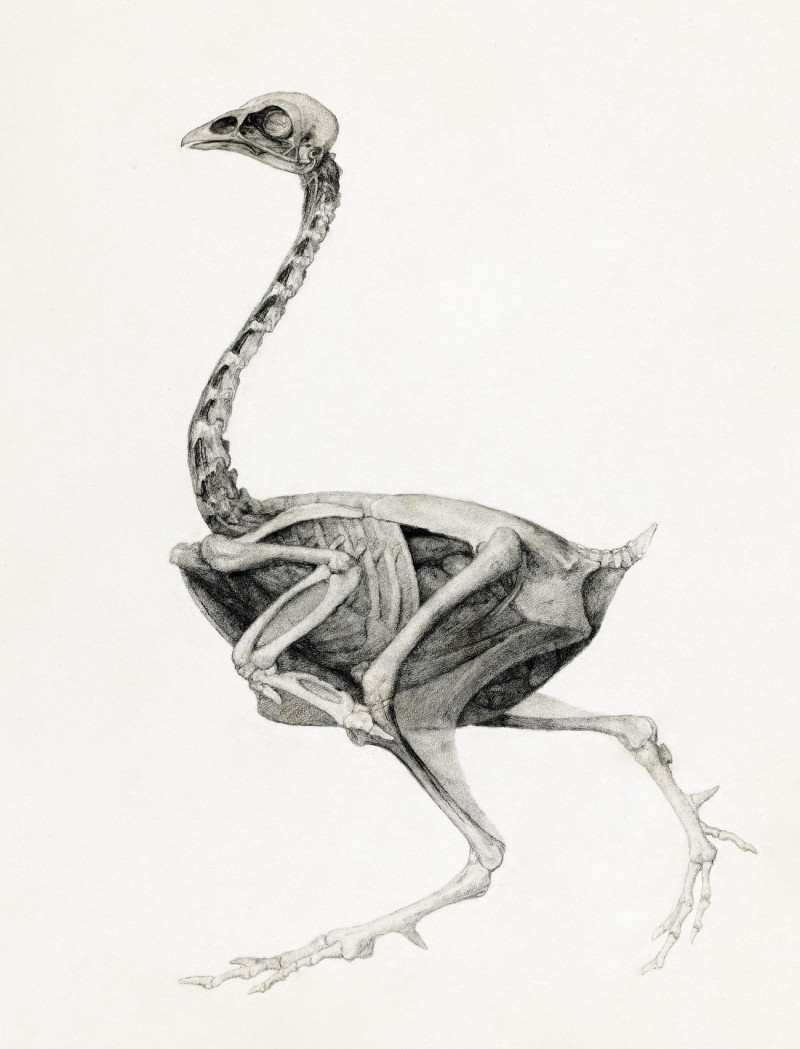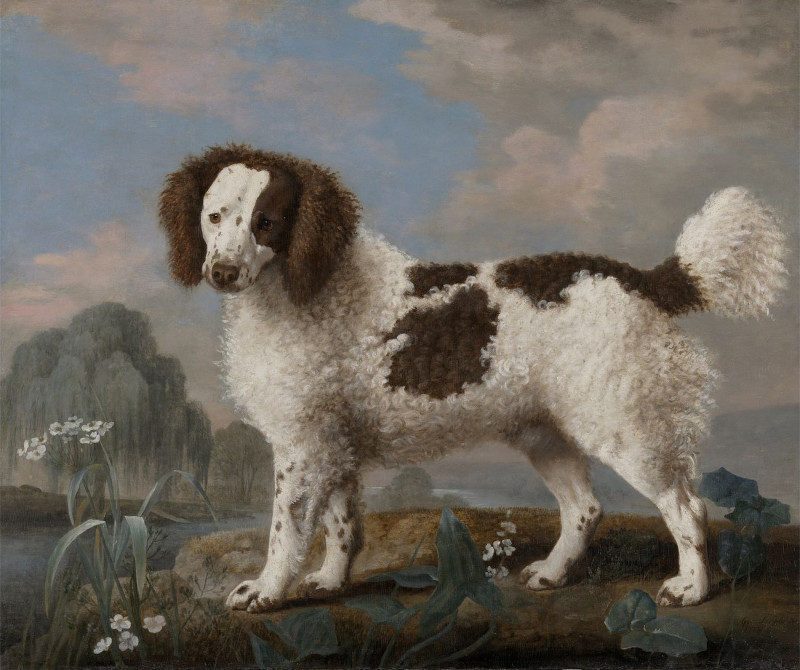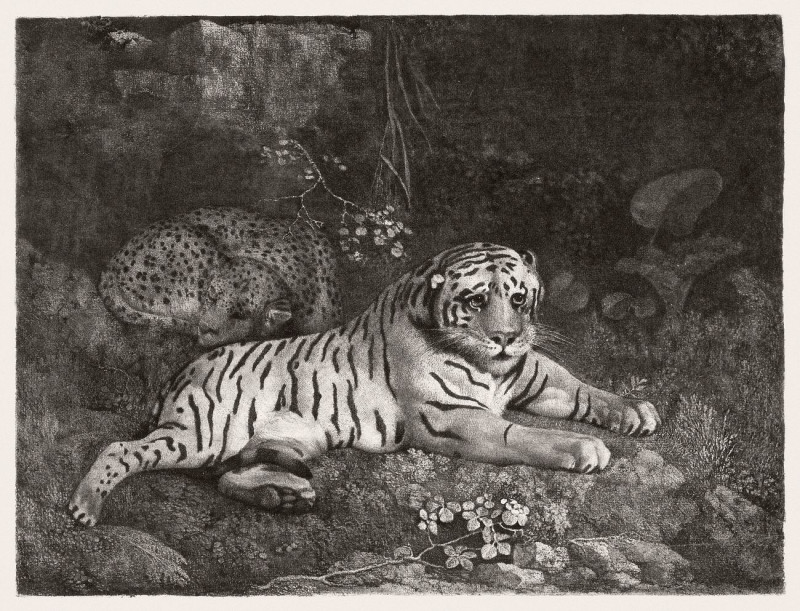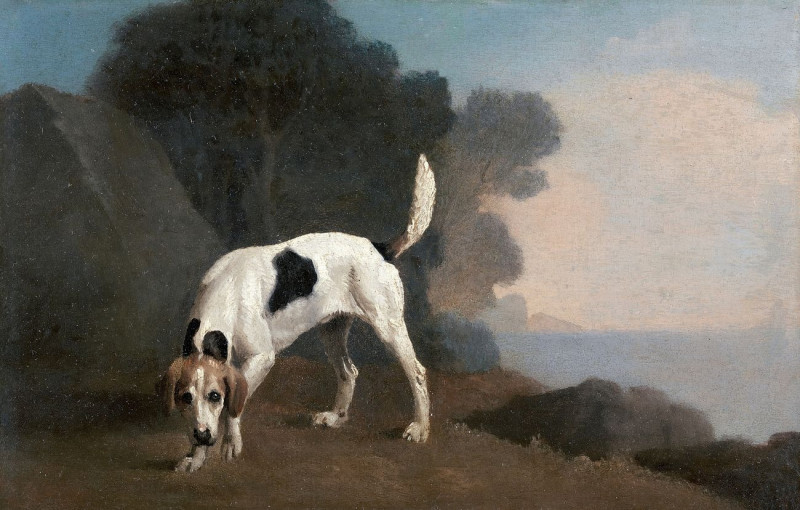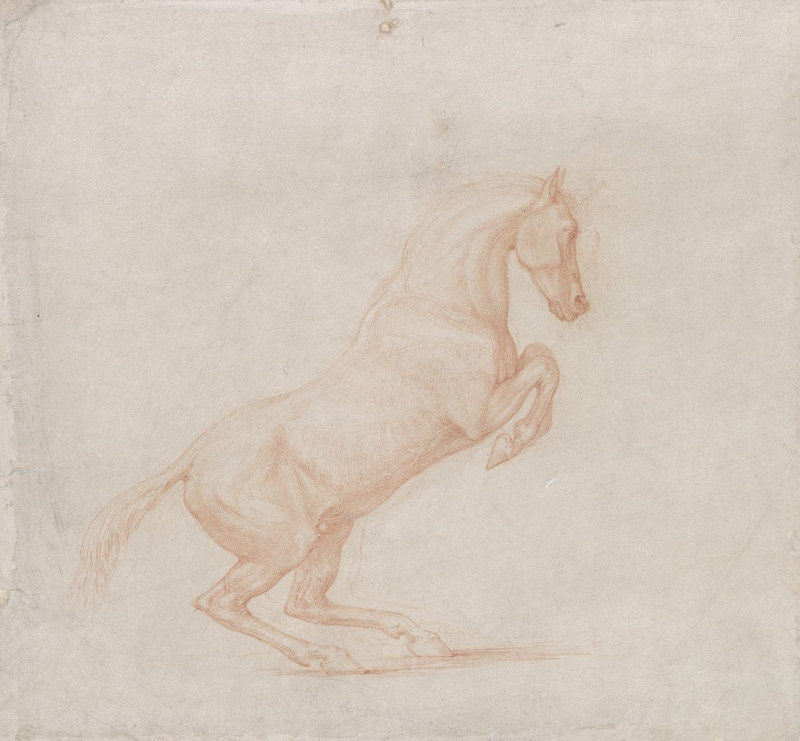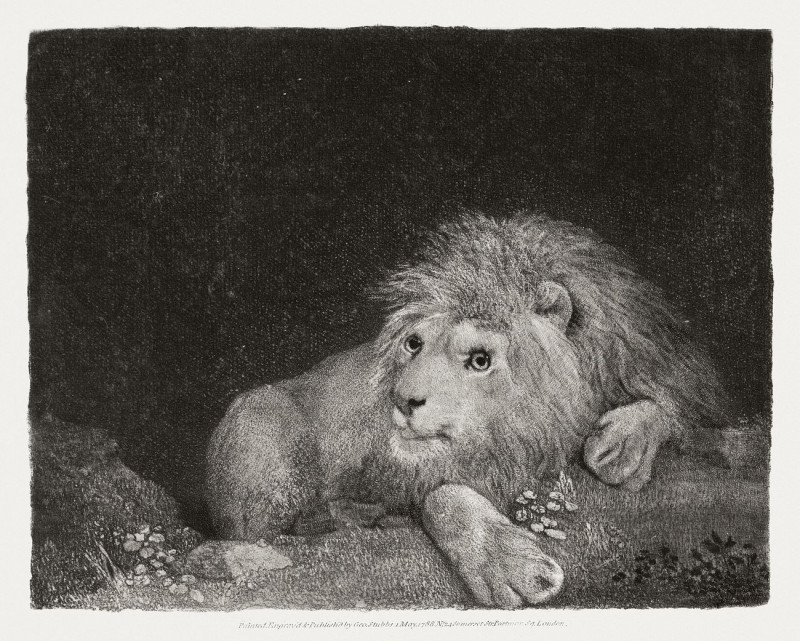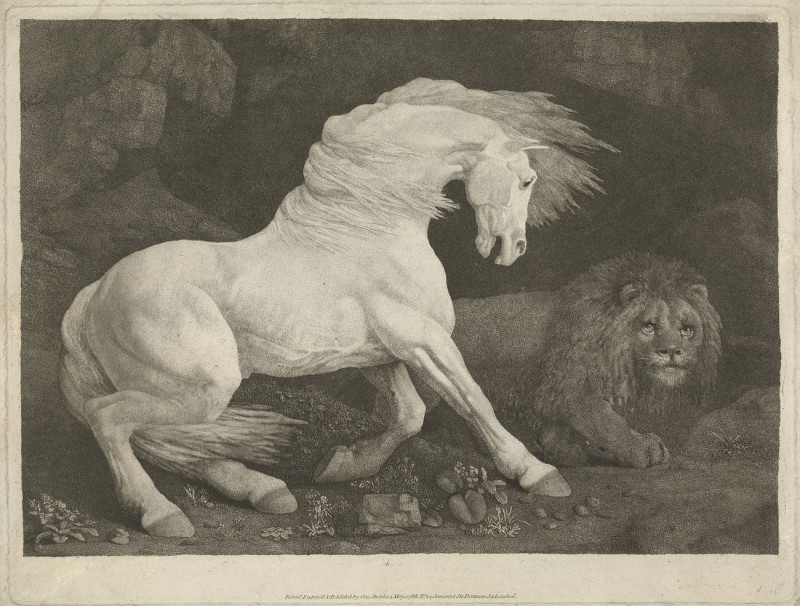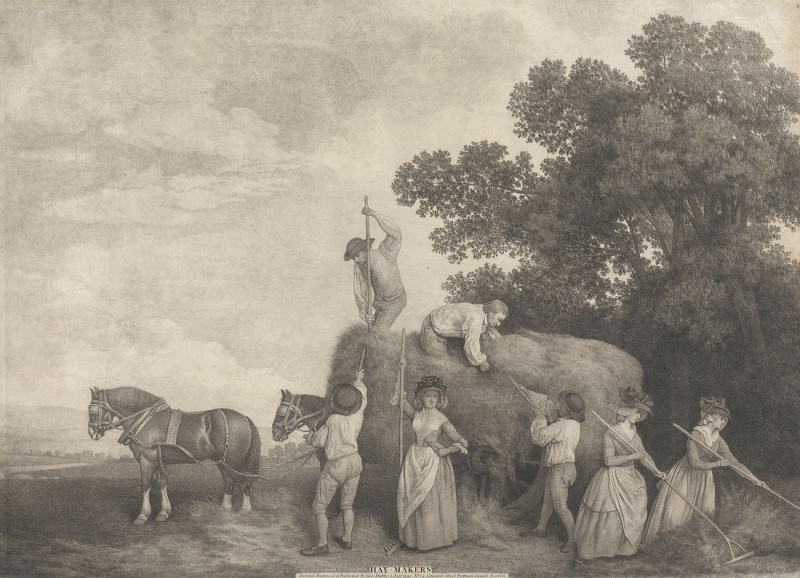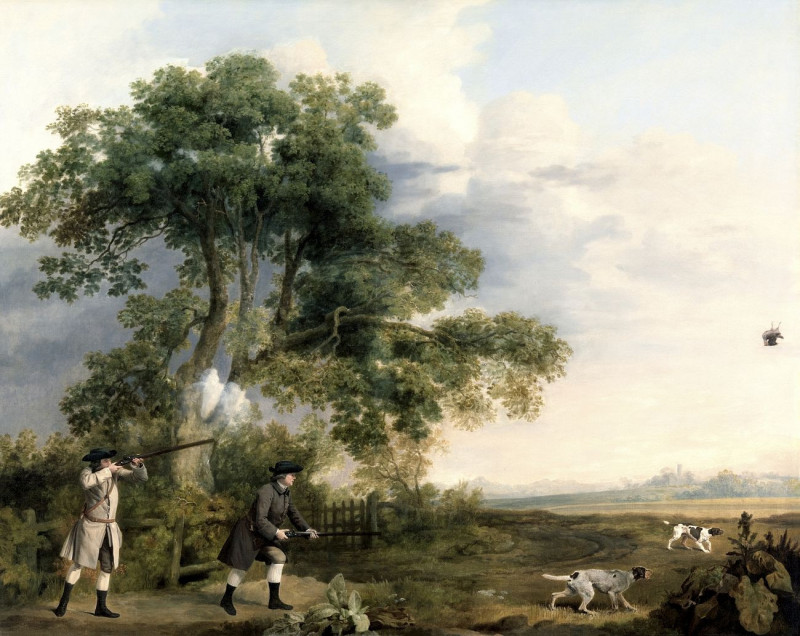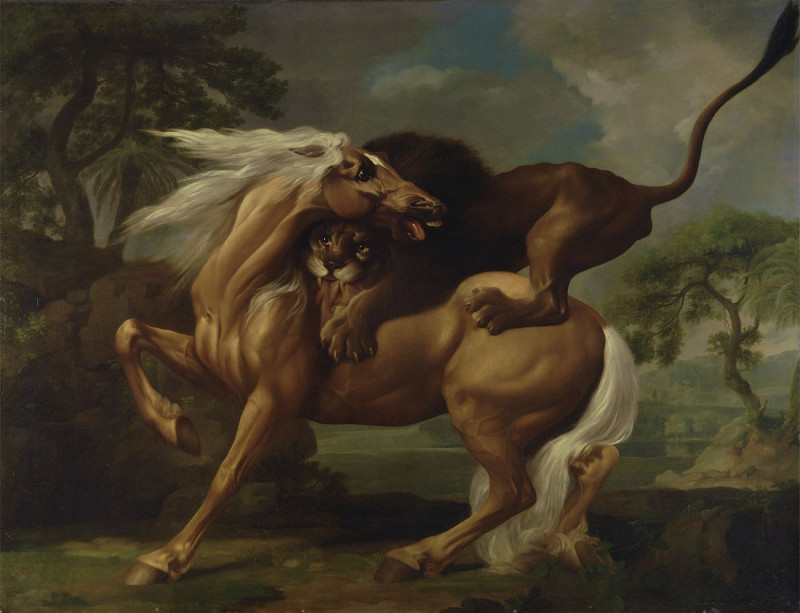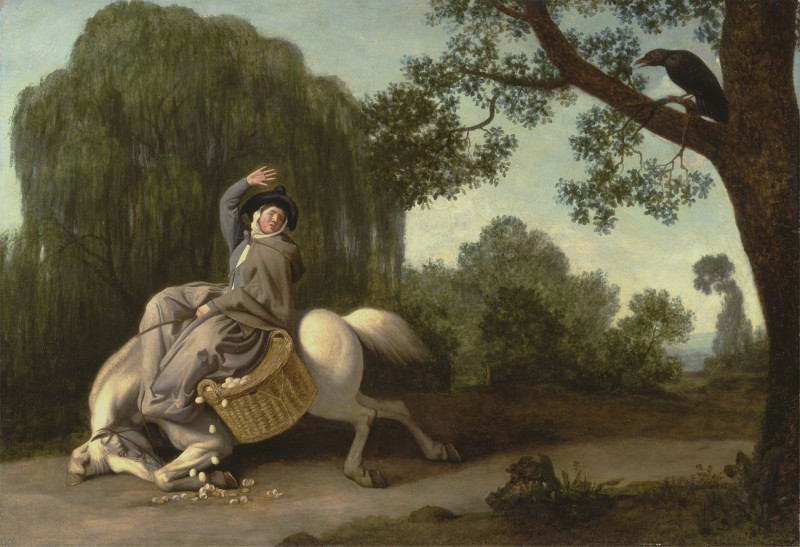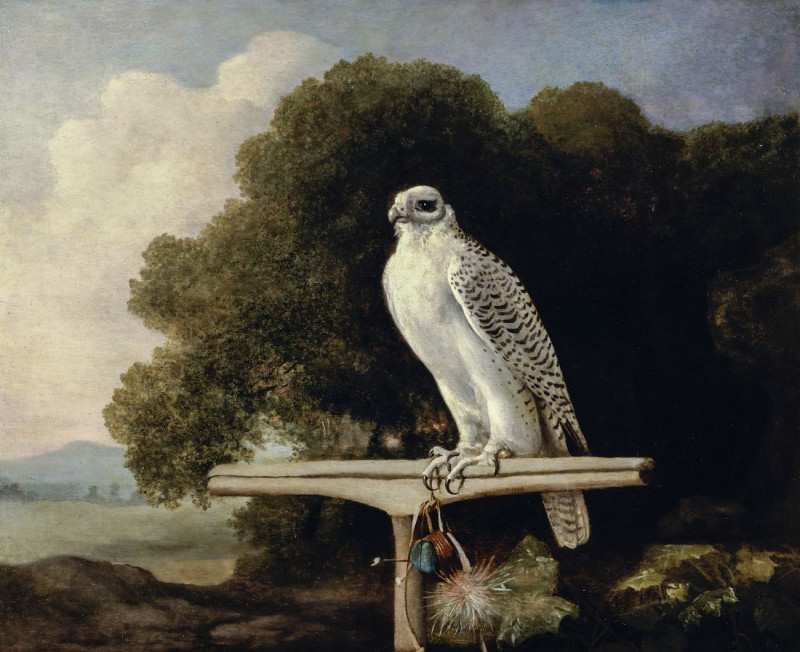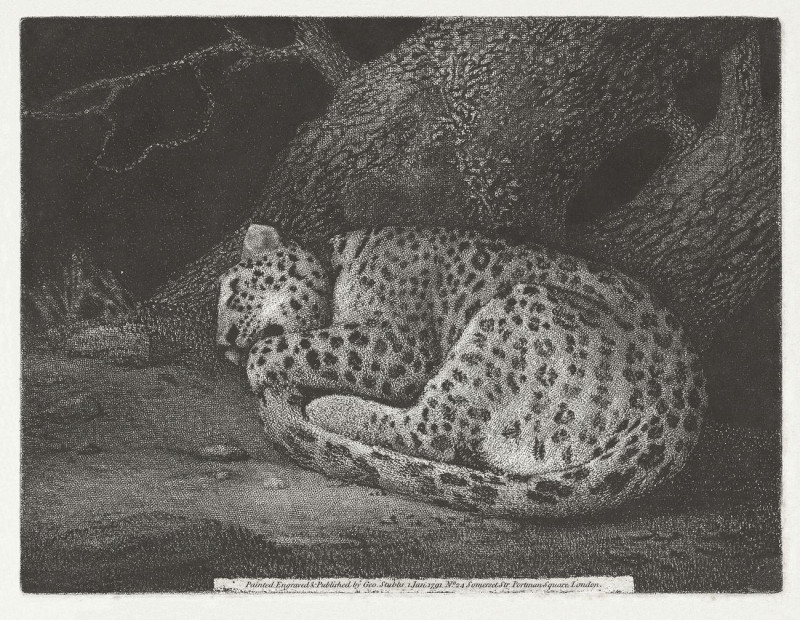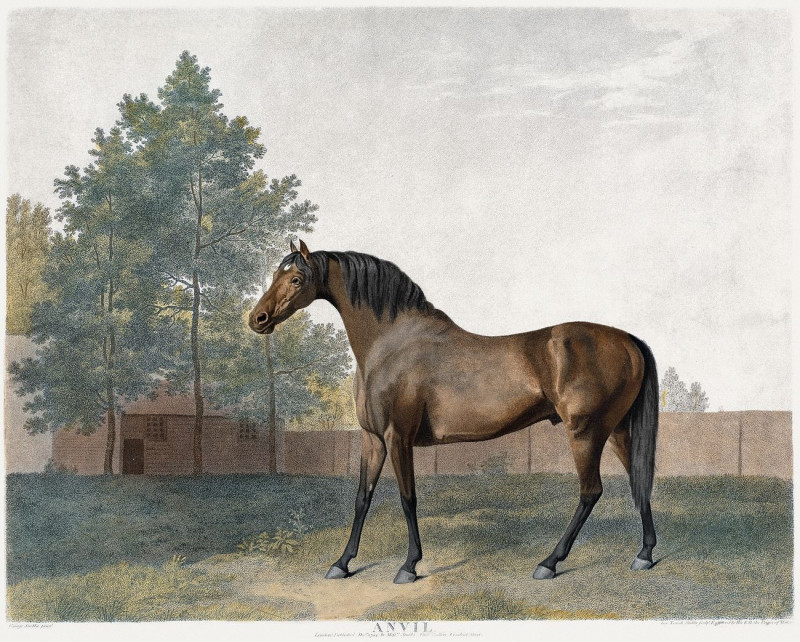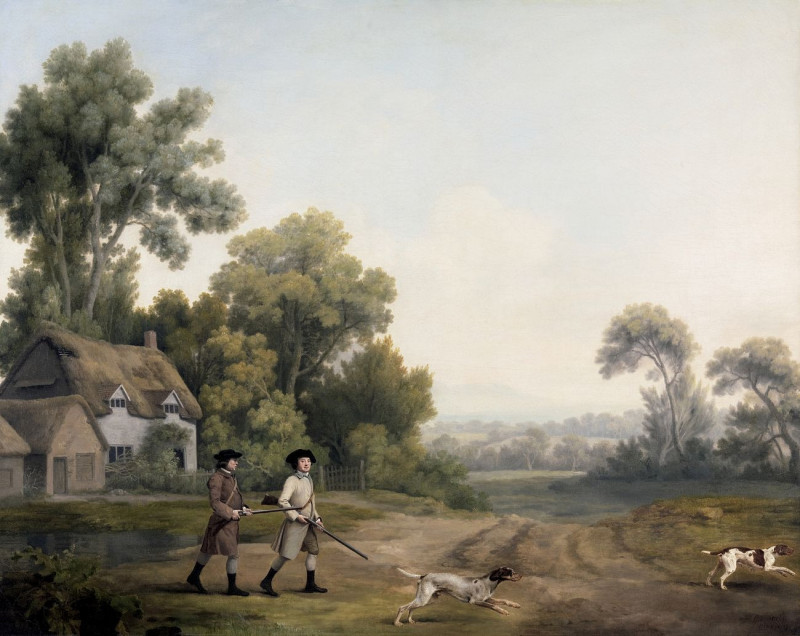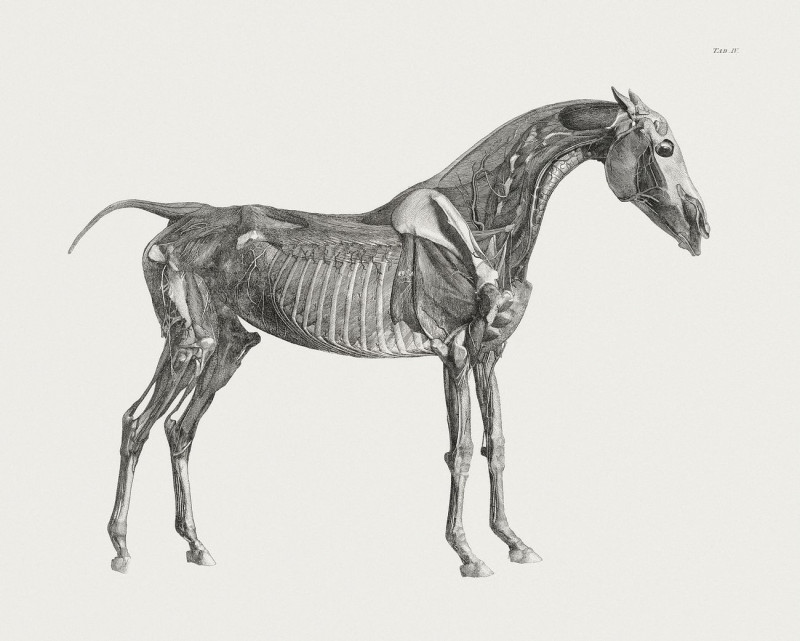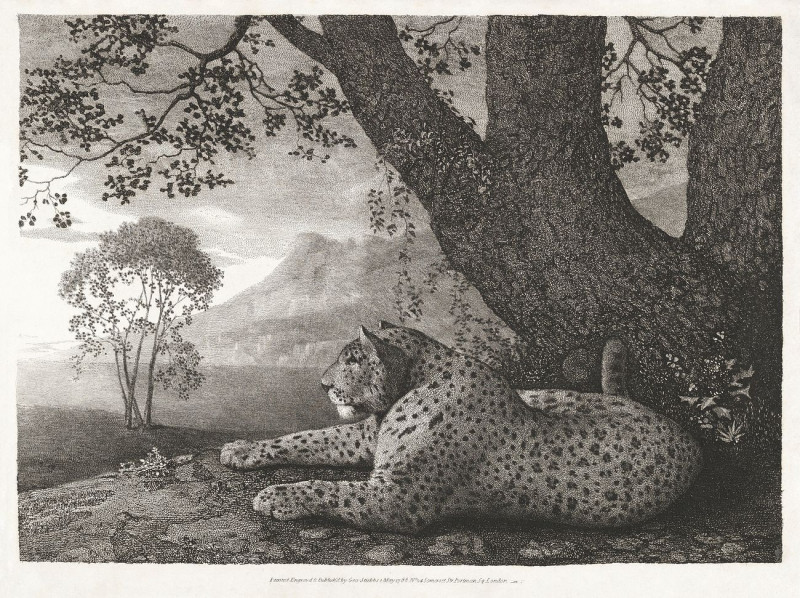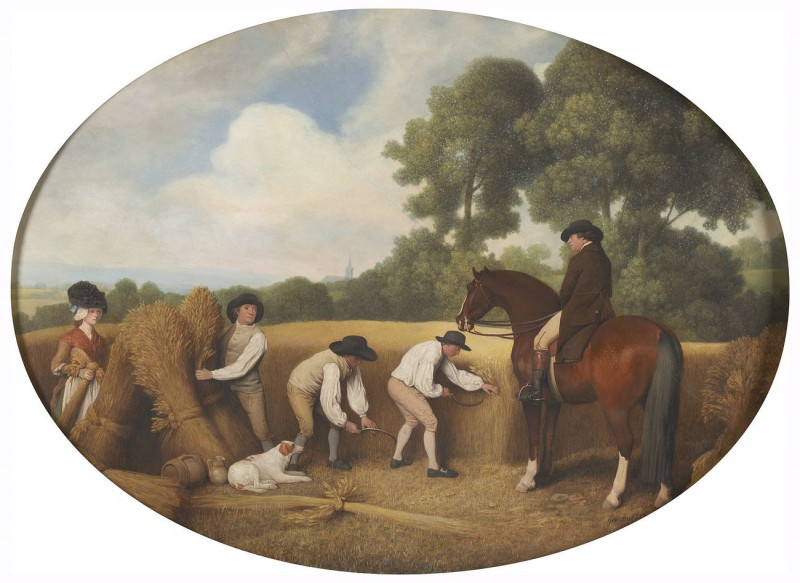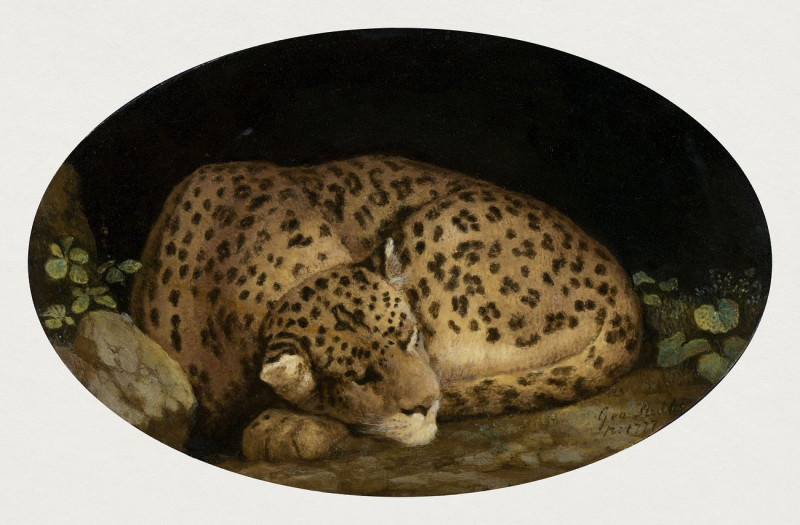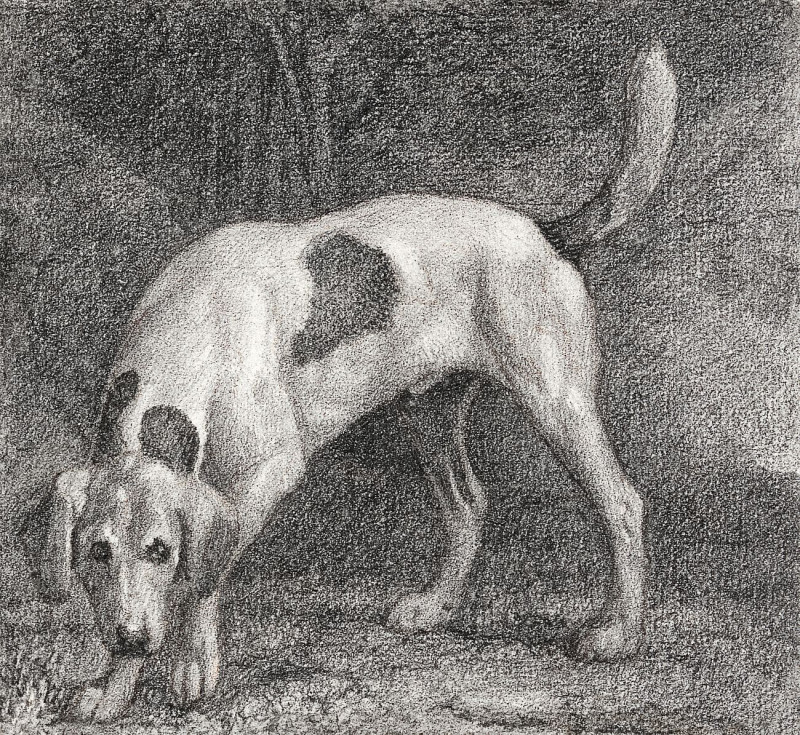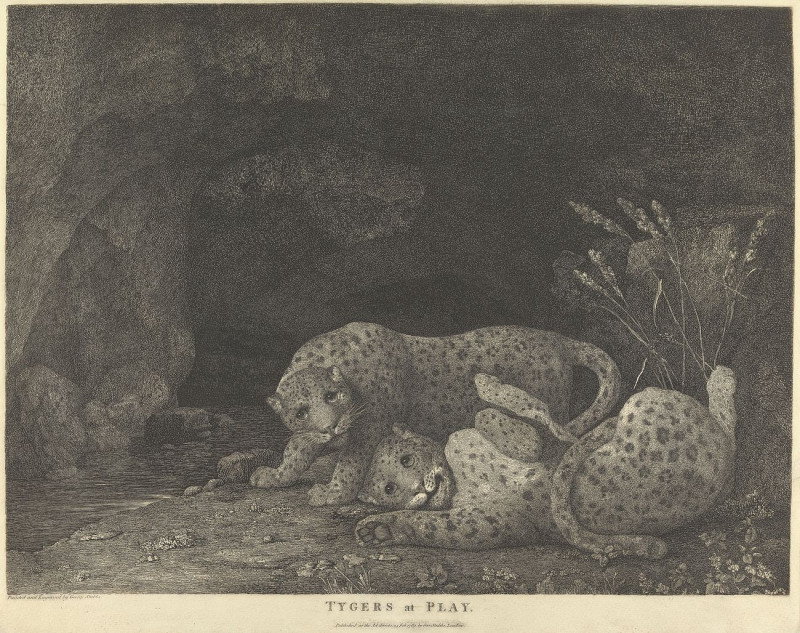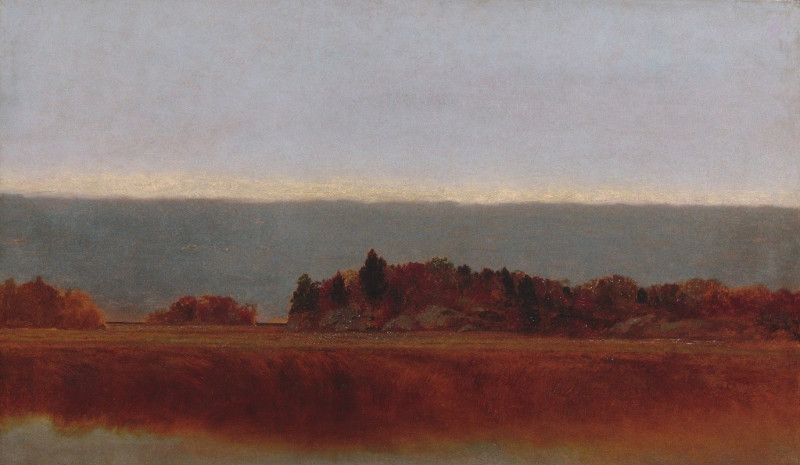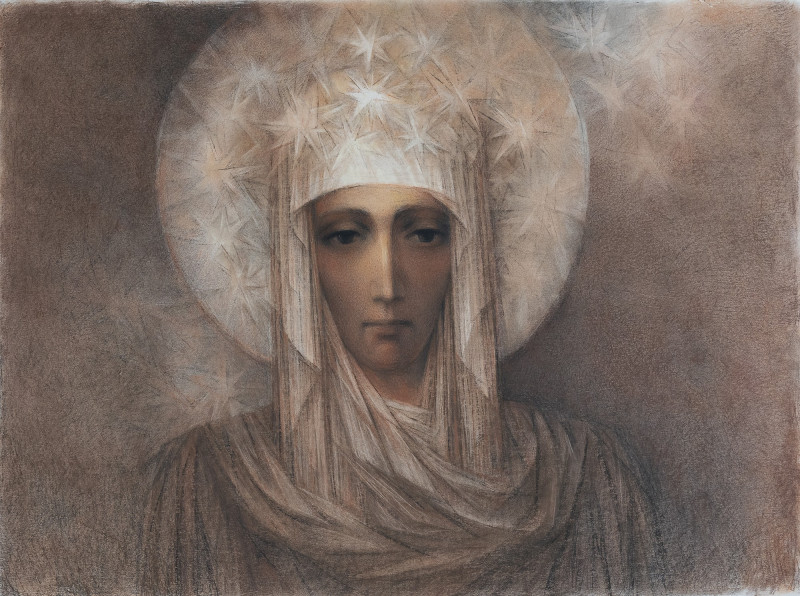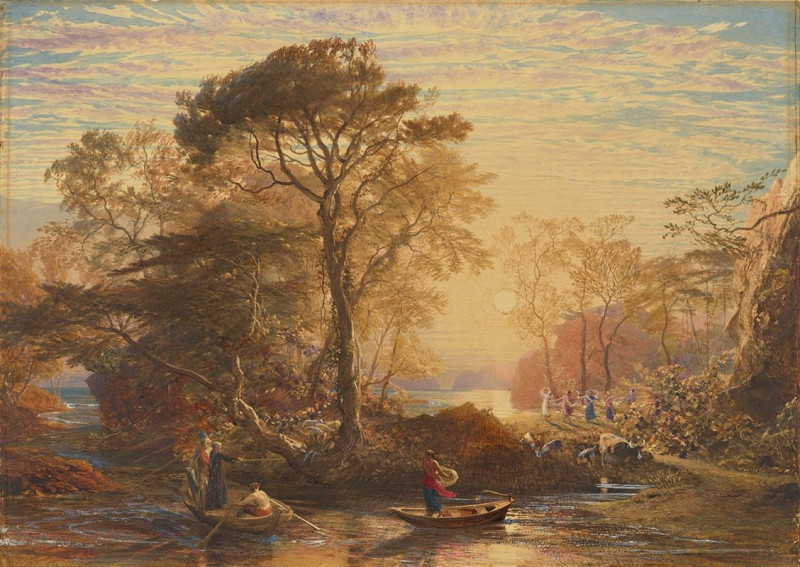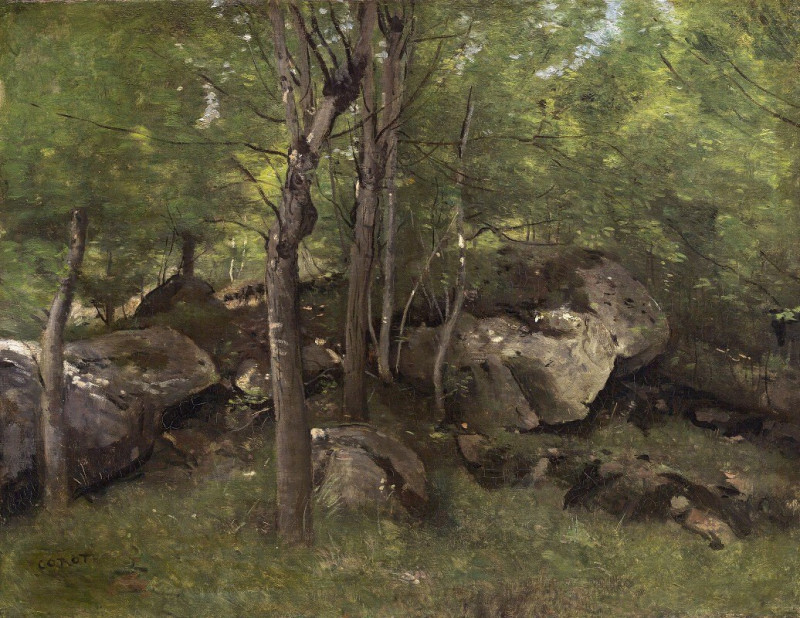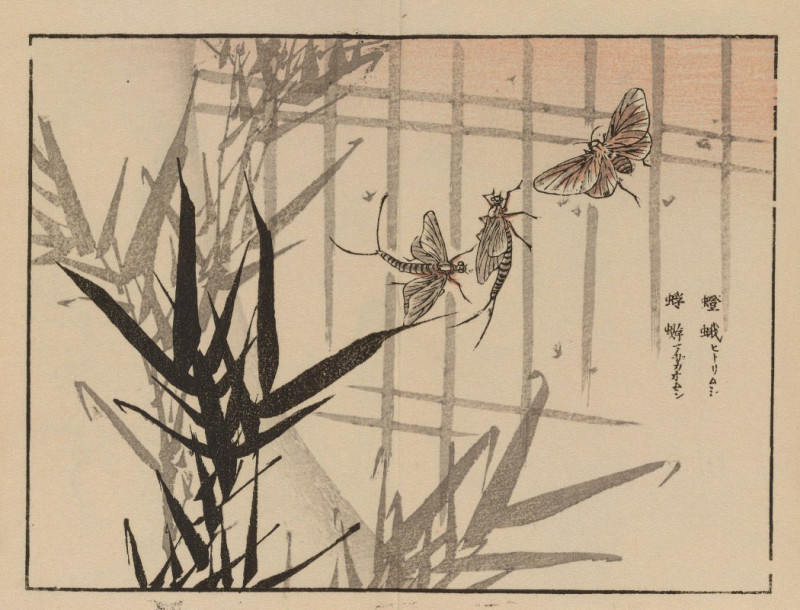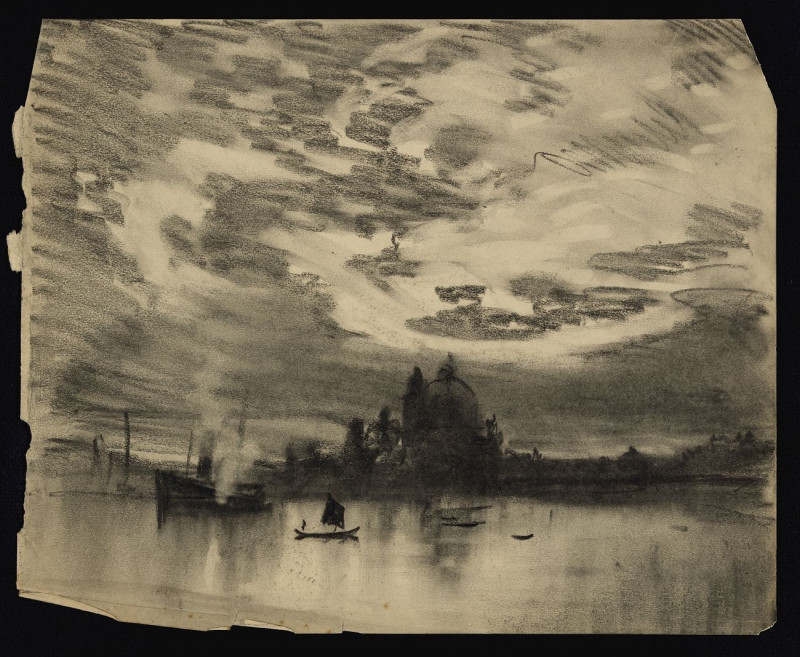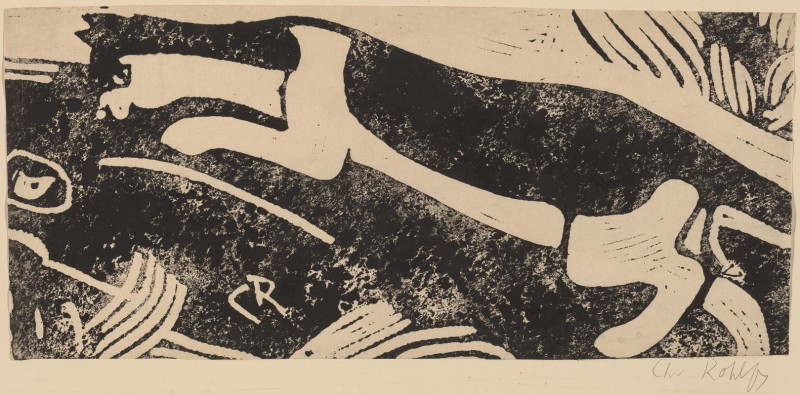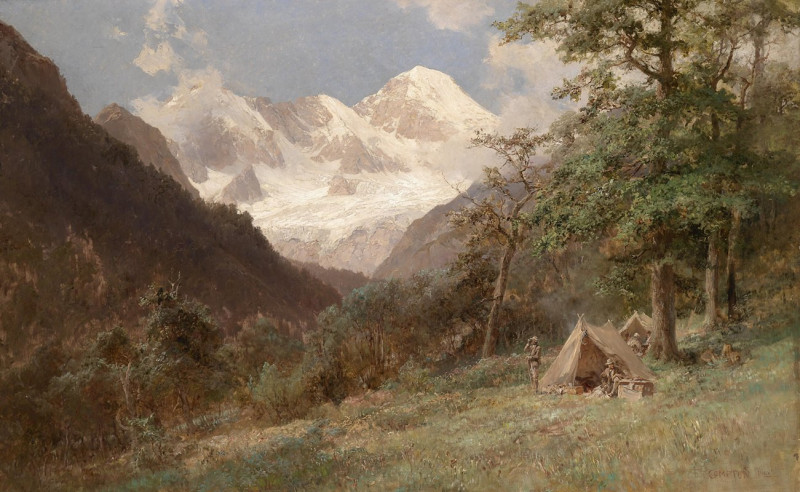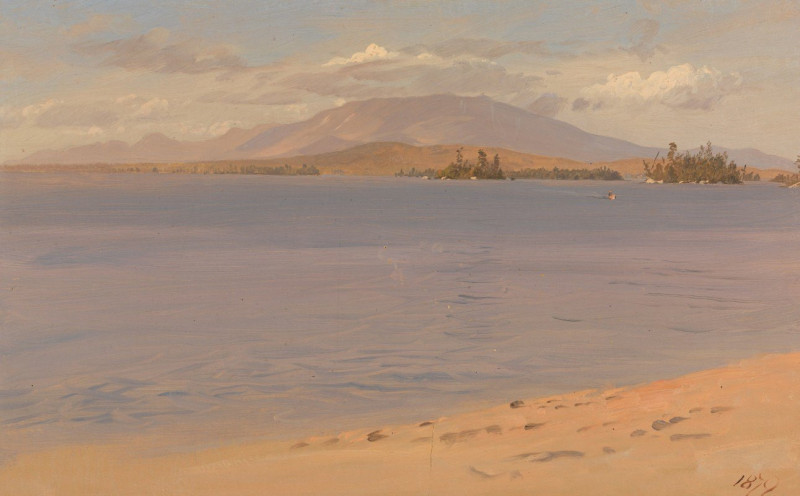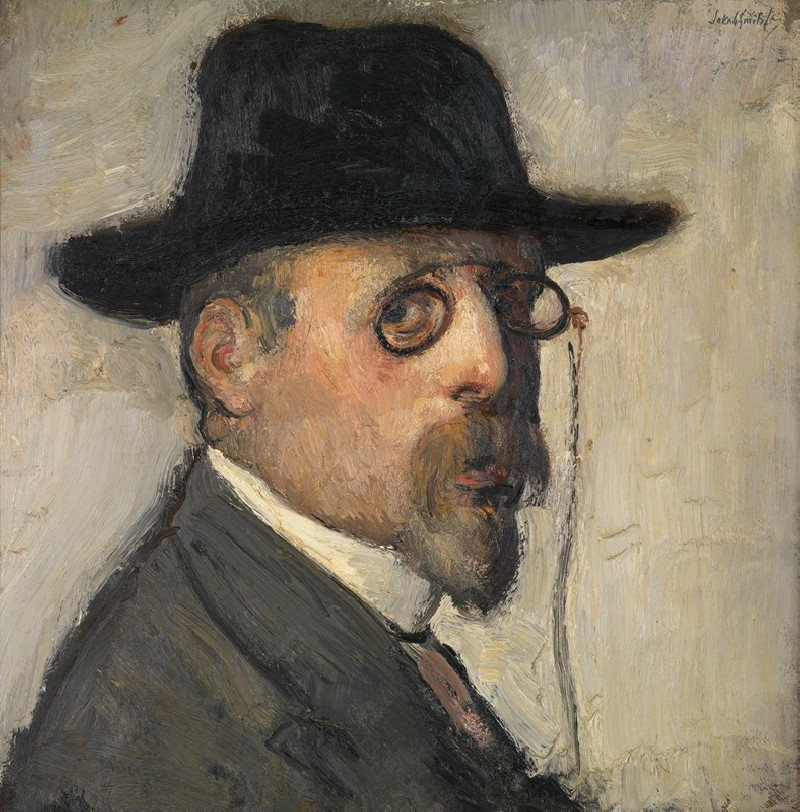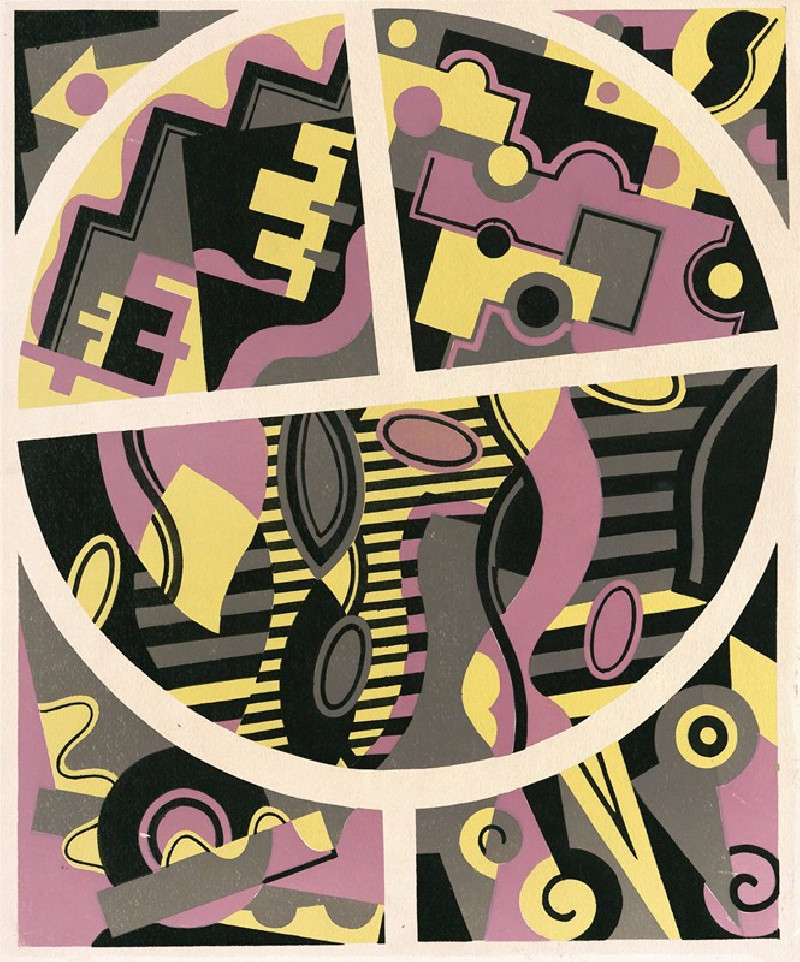Fowl Body, Lateral View
Technique: Giclée quality print
Recommended by our customers
More about this artwork
The image you're referring to is a wonderfully detailed and anatomically precise drawing by the artist George Stubbs, titled "Fowl Body, Lateral View." This work exemplifies Stubbs' meticulous approach to anatomical art, a field he was quite passionate about, contributing significantly to the intersection of art and science.In this pencil or charcoal drawing, Stubbs portrays a bird devoid of its feathers and external skin, allowing a close examination of the skeletal and muscular structures. The bird's pose is dynamic and somewhat elegant despite its skeletal state, capturing a naturalistic stance of the creature.The head of the bird is tilted slightly upward, with the beak open and the eye sockets large and hollow, emphasizing the skull structure. The neck stretches out in a sinuous curve, leading down to a very detailed portrayal of the chest cavity, where the delicate ribcage and internal organs would have been housed. The limbs are thin and wiry, with the leg bones articulated down to the fine details of the joints and toes.The level of detail in the musculature around the neck and the legs is particularly striking, indicating Stubbs' deep understanding of animal anatomy.
Delivery
Returns
George Stubbs (25 August 1724 – 10 July 1806) was an English painter, best known for his paintings of horses. Self-trained, Stubbs learnt his skills independently from other great artists of the 18th century such as Reynolds and Gainsborough. Stubbs' output includes history paintings, but his greatest skill was in painting animals, perhaps influenced by his love and study of anatomy. His series of paintings on the theme of a lion attacking a horse are early and significant examples of the Romantic movement that emerged in the late 18th century. He enjoyed royal patronage. His painting, Whistlejacket hangs in the National Gallery, London.

